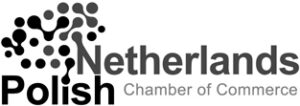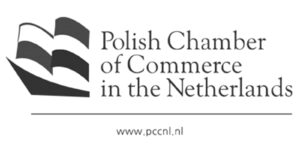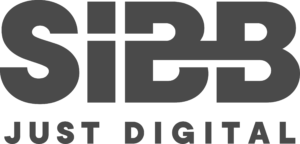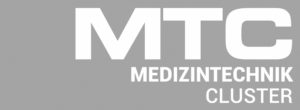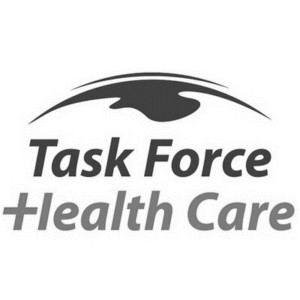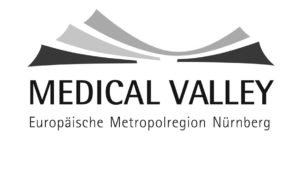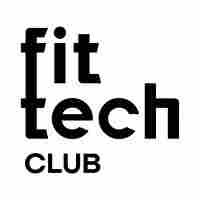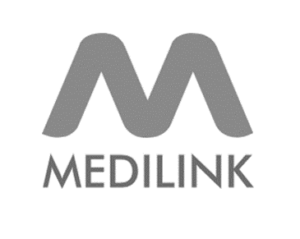Internet of Things (‘IoT’) has already had a major impact on the healthcare sector, completely transforming the way we live and work. This revolution is reflected in the global IoT healthcare market, which in 2022 was valued at USD 252.1 billion.
But what is IoT?
In its most simple terms, IoT refers to a system of objects that are connected via the Internet to send and receive data. This tech is already ingrained into our society. So much so, that it is likely you engage with it regularly, perhaps without even knowing it.
Here are some popular examples…
- Telemedicine, or telehealth, allows patients to consult with healthcare professionals remotely using real-time two-way communication, usually video calls.
- Health and fitness tracking. Smart wearable devices and/or apps, such as the Apple Watch and Fitbit, allow users to conveniently monitor their fitness levels and progress.
- Glucose and blood sugar monitoring. Diabetic patients are required to monitor their glucose levels multiple times a day. Glucose levels can change rapidly and seemingly without notice, which can have a grave impact on the patient’s health. IoT enabled wearables and implants enable patients’ glucose levels to be monitored continuously and shared with their loved ones and/or healthcare providers.
The tremendous uptake in HealthTech IoT shows no signs of slowing down: it is predicted that by 2030, the global IoT Healthcare market will be worth USD $861.3 billion. Insider Intelligence predicts that in the US alone there will be 70.6 million remote patient monitoring users by 2025, up 56.5% from 2022. This means that in just three years, more than one-quarter of the US population will be regularly using a device that remotely tracks or collects their well-being or medical data for their doctors to assess.
At its core, IoT is popular because it offers convenience. For both patients and healthcare providers it can:
- Remove barriers created by geography, literacy, and language;
- Increase accuracy and allow for personalised care through real-time collection and monitoring of data such as heart rate, blood pressure, and glucose levels; and
- Reduce the administrative and financial burden created by inpatient care.
Common Pitfalls
Given these numbers, it’s no wonder that so many HealthTech companies want to participate in the IoT revolution. But unlike some other tech trends, IoT is not a smash-and-grab, this powerful technology requires specialised knowledge and execution to be successful.
This is why so many projects fail: in May 2017, Cisco indicated that close to three-quarters of all IoT initiatives fail and in 2019, Microsoft found that one-third of IoT projects fail in the proof-of-concept stage.
To avoid this fate, you should be wary of three common pitfalls:
- Lacking a solid IoT value proposition;
- Underestimating the complexity of the project; and
- Overlooking the impact of IoT on employees, processes, IT systems, and business models.
Pitfall 1: Your Project Lacks a Solid Value Proposition
Research from Capgemini found that 49% of IoT projects fail at the proof-of-concept stage because they lack a clear business case. This indicates that businesses are not spending enough time defining their value proposition.
To define your value proposition, it’s essential to start with the ‘WHY’ before moving to the ‘HOW.’ Understanding why you are initiating a project and what you aim to achieve is crucial for garnering support from your team, patients, and other key stakeholders.
Begin by identifying whether there are any potential benefits for your patients. Accuhealth, an award-winning provider of remote patient monitoring systems, offers guidance:
1. Health Outcomes: Identify what kind of patients you want to treat using RPM, how many there are, and what improvements you’d like to see in their conditions.
2. Patient Engagement: Identify areas for improvement in patient engagement and compliance.
3. Financial Effects: Identify whether the system could offer your patients a meaningful reduction in costs.
If you decide that there is clear value for the patient, is that value enough to justify the cost of building, implementing, maintaining, and using such an IoT application?
The unfortunate reality is if users are not benefiting enough from IoT initiatives, the businesses offering them won’t either.
To really drive the message home, here is a quote by Craig Rock from the Forbes Technology Council:
“IoT creates value when the intelligence improves industry, making operational insight actionable. IoT is most valuable when it changes business processes through innovation, automation and orchestration, reducing often manual, labour-intensive or invasive tasks, minimizing data anomalies, adding value and productivity to workforce activities, improving customer experience and employee engagement. Further, IoT adds value by reducing risk, reducing costs and reducing working capital requirements, all of which can have a material, measurable impact on an organization’s financials.“
Takeaway: Just because devices can be connected, it doesn’t mean they should be.
Pitfall 2: You Underestimate the Technical Complexity
IoT harbours immeasurable potential, but it does increase complexity – something that many organisations underestimate.
IoT creates a chain of dependencies. Each technological element is dependent on the other to succeed in its task and bring value to users. For example, updating the firmware of one element can have consequences across the whole system. To circumvent this, the design and development phases must be strategically and meticulously planned.
To add another layer of complexity, the value of IoT is held in the information recorded by the connected devices – and these devices collect vast amounts of data.
But without proper processing, analysis, and management this information is useless. To gain value, the data must be integrated and analysed at increasingly demanding velocities across a multitude of interconnected channels.
To minimise future headaches, a clear methodology should be followed. It is important to implement a robust IoT framework, including a clear data strategy, before moving on to designing and discussing the interdependencies within that framework.
For Medical IoT or IoMT (Internet of Medical Things) comes additional the impact of medical regulations like, EU MDR (Medical Device Regulations), EU IVDR (Invitro Diagnostic Regulation), USA FDA (Food and Drug Administration) and other sub-regulations e.g. IEC Standards.
These regulations require an early start of certification procedures and a lot of knowledge about the related processes and documentation which has to proof the compliance in all phases of the development and test including clinical trial results for medical classified products.
Takeaway: A chain is only as strong as its weakest link
Pitfall 3: You Aren’t Prepared For The Business Impact
The introduction of IoT will impact your organisation’s stakeholders, both internal and external. Planning for potential outcomes is the only way to mitigate negativity and increase the likelihood of success.
Internally, you should consider your organisation’s
1 .Employment needs: Which positions could be removed, reviewed, or created if your project is successful?
2. Workplace culture: How would restructuring impact your team dynamic? Could your communication channels change?
3. Education: How will you ensure that your team possesses sufficient digital literacy and data analytics skills to handle the changes?
4. Processes: How will your business- and IT processes be impacted?
5. IT Infrastructure: How will the existing IT infrastructure be impacted?
Externally, consider
6. Security: How will user data be stored? How will this be communicated transparently?
7. Costs: Will the IoT project result in increased service or product costs for your customers? Will this change your target customer base?
8. Education: How will you train staff (e.g. healthcare professionals) and end consumers (e.g. patients) to use your product safely and effectively?
Takeaway: The impacts of IoT reach beyond the digital realm.
Conclusion
Undeniably, the success that IoT has already demonstrated is impressive. And while it may be tempting to dive in headfirst, you don’t want your project to become just another failure in a sea of statistics.
For an IoT project to reach successful maturity, it requires technical knowledge, planning, procedures, and the identification of value drivers – which will be the focus of our next blog.
About the Author
Barend Smet is the President and Co-founder of the Thaumatec Tech Group. With over 20 years of business and entrepreneurial experience, Barend expertise ranges from new business development, business case definition, process improvement, Internet of Things and Artificial business models and Finance and Investment strategies. Having successfully set up several IT companies, Barend knows what creates value for customers, how to communicate this value and build a business model and organization that delivers what you promise.


